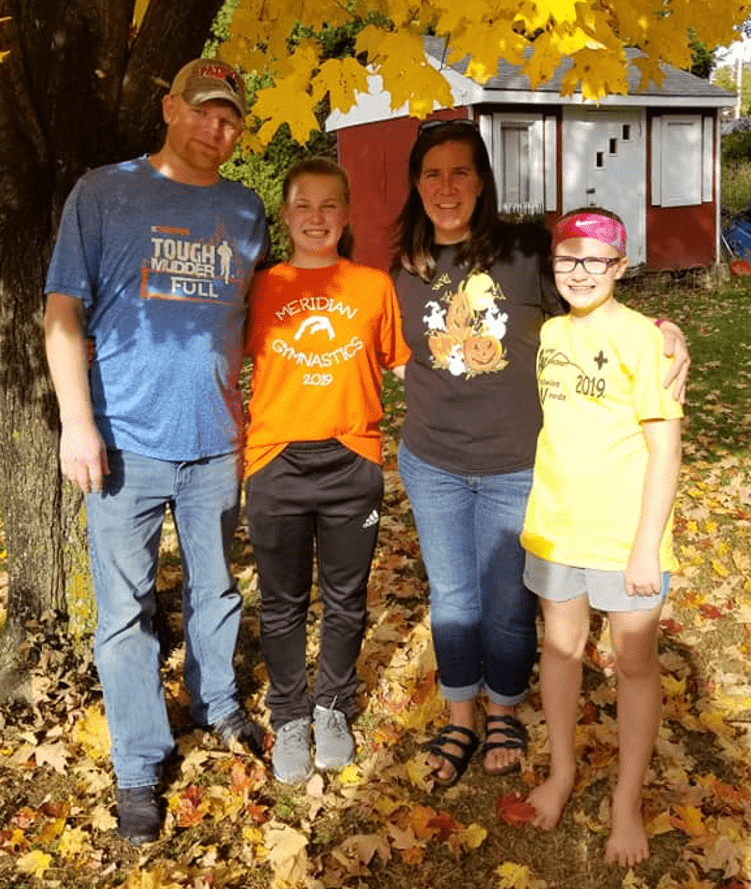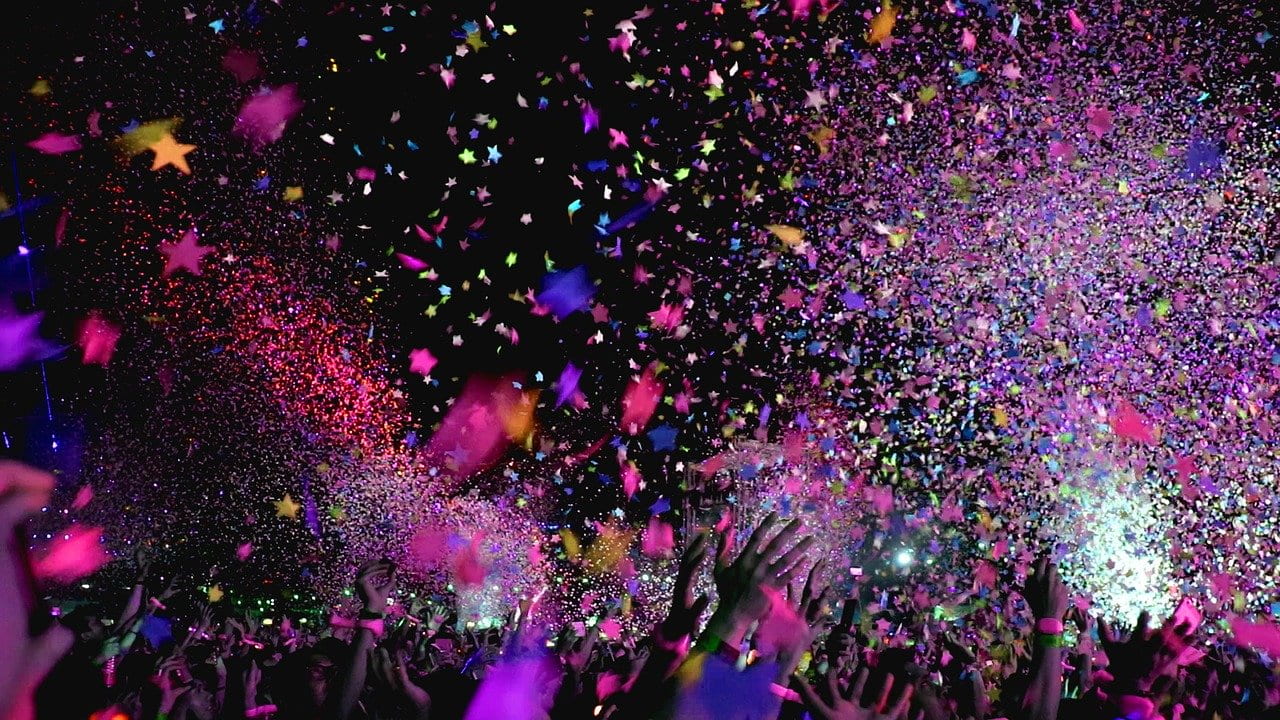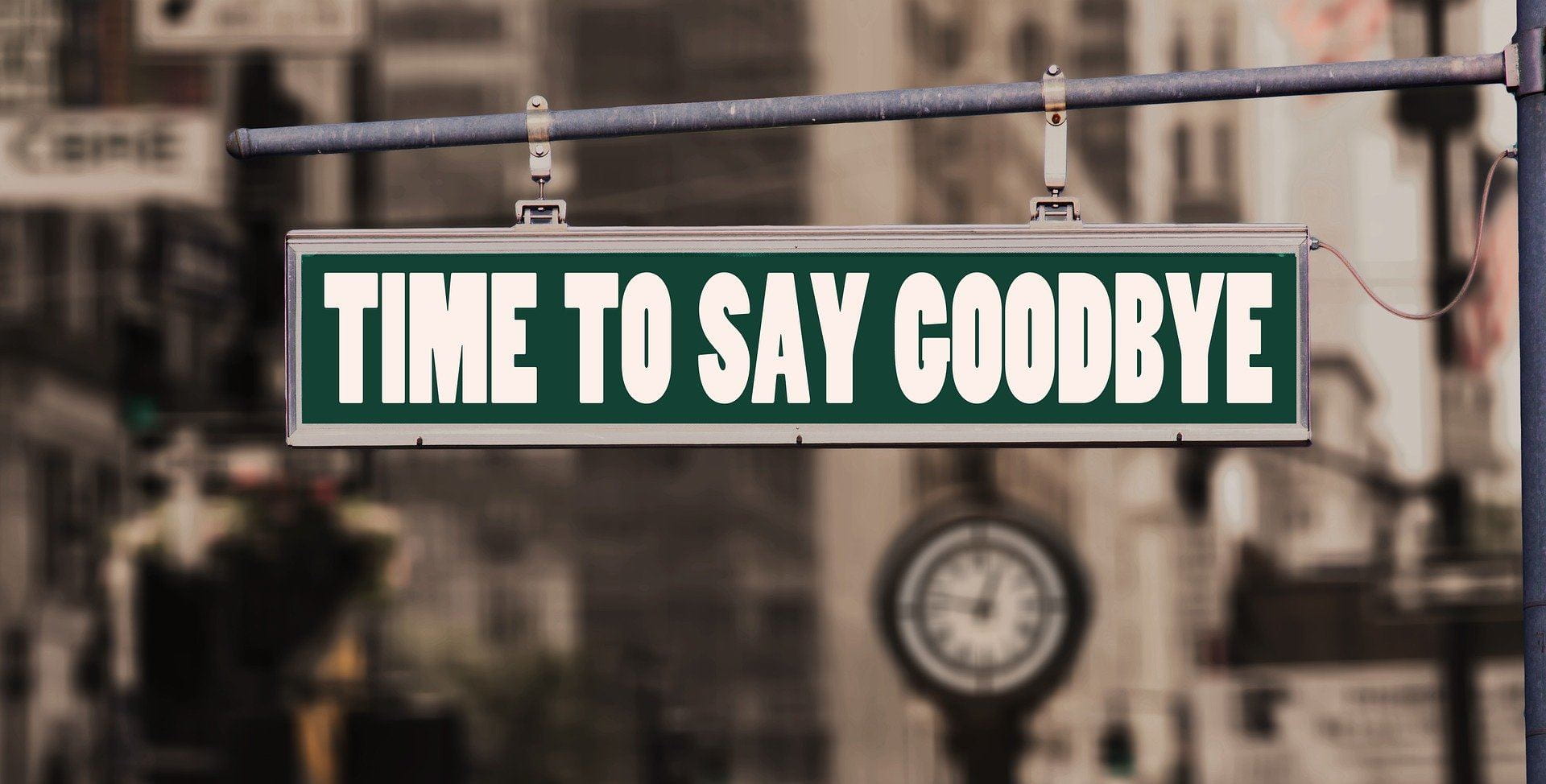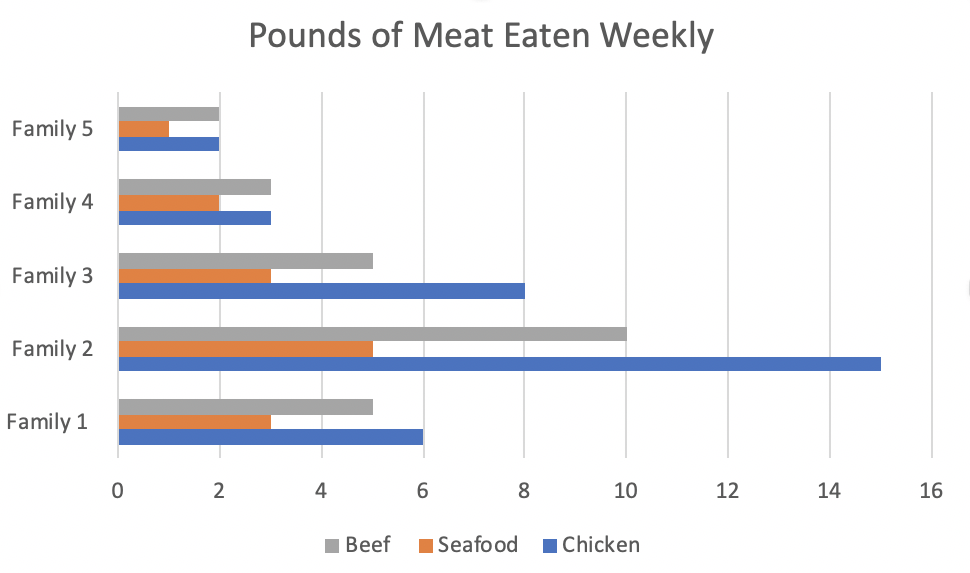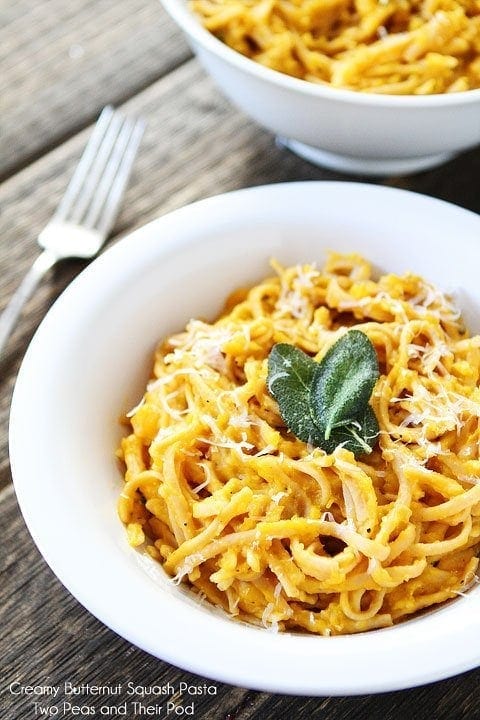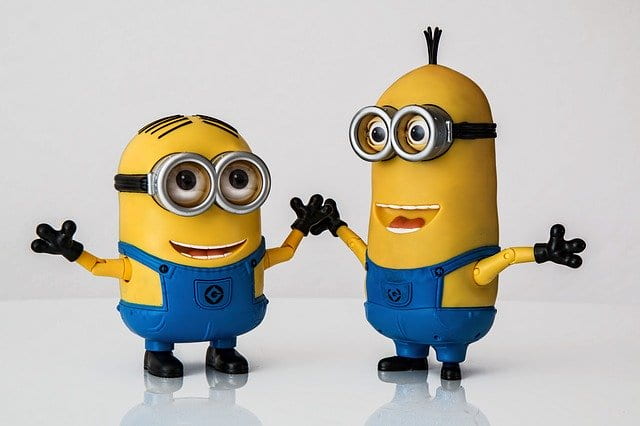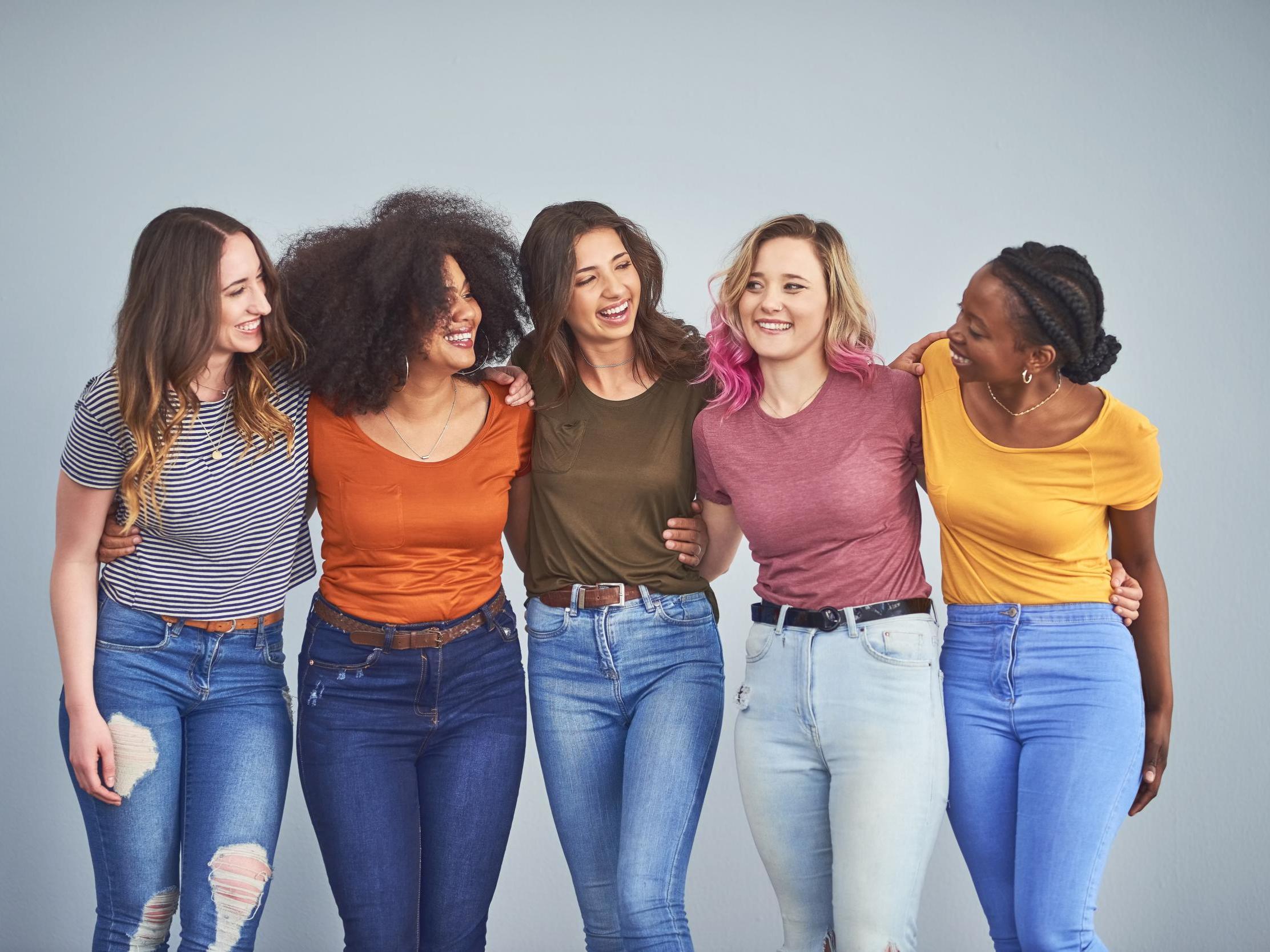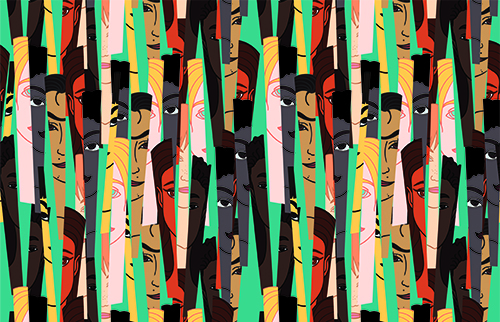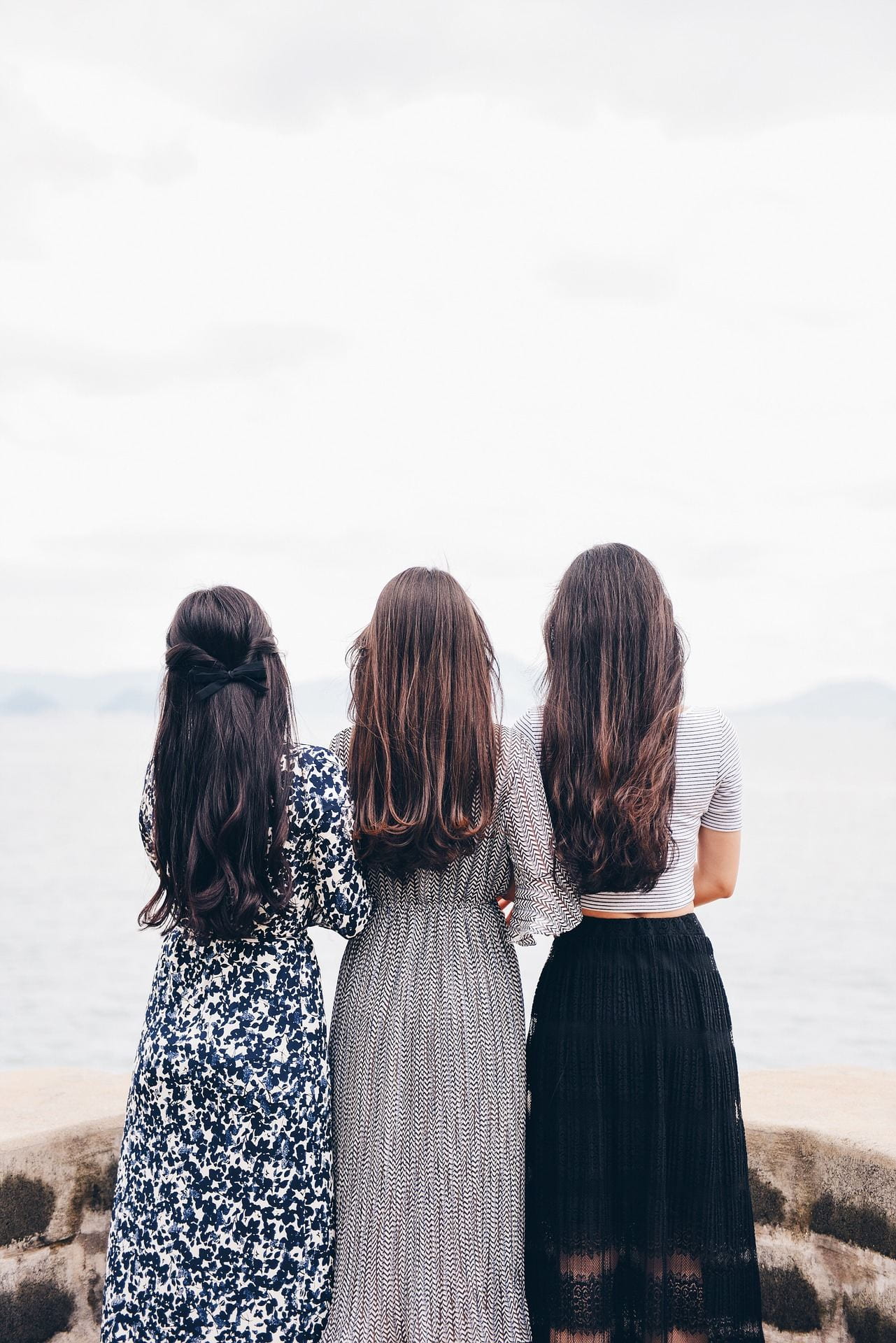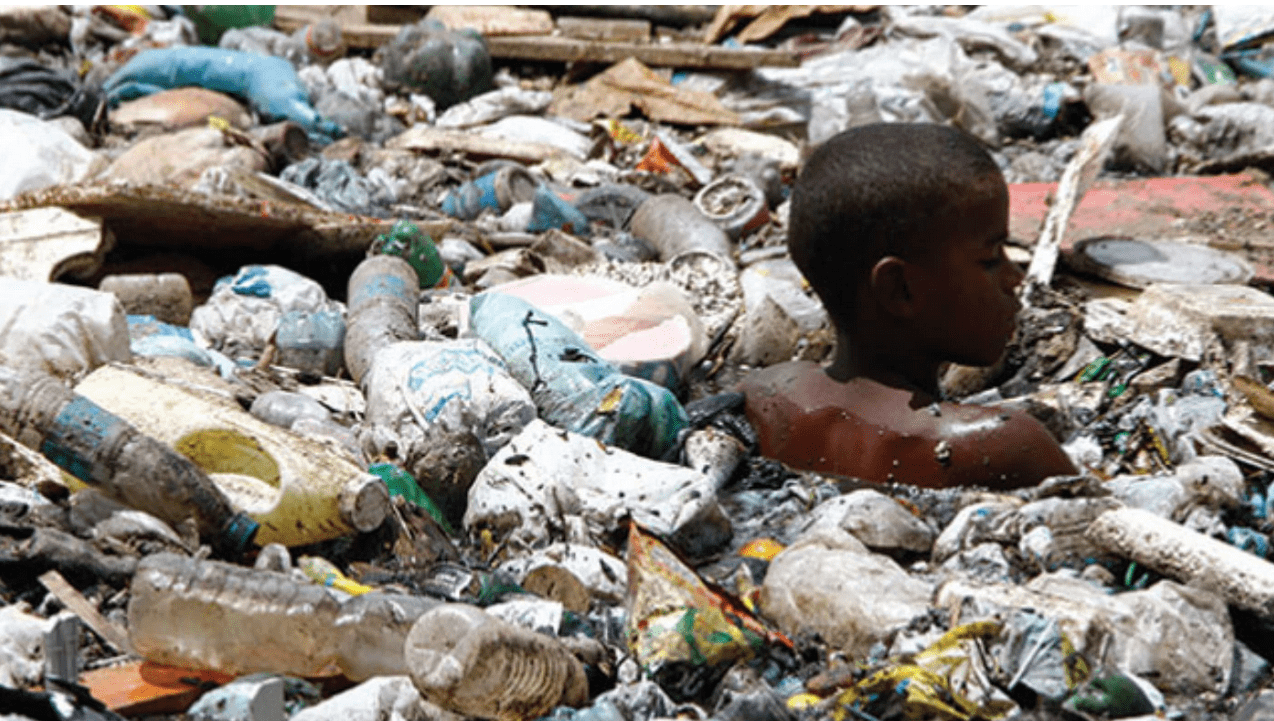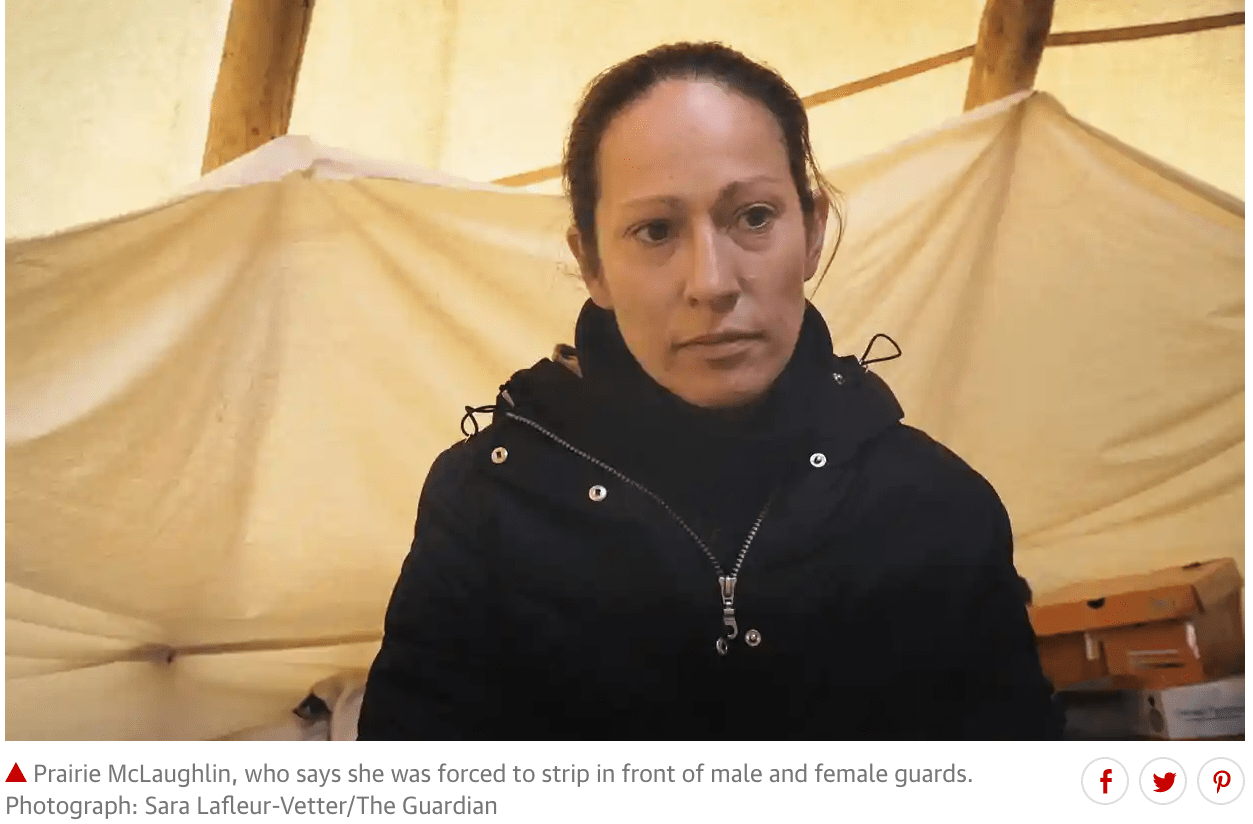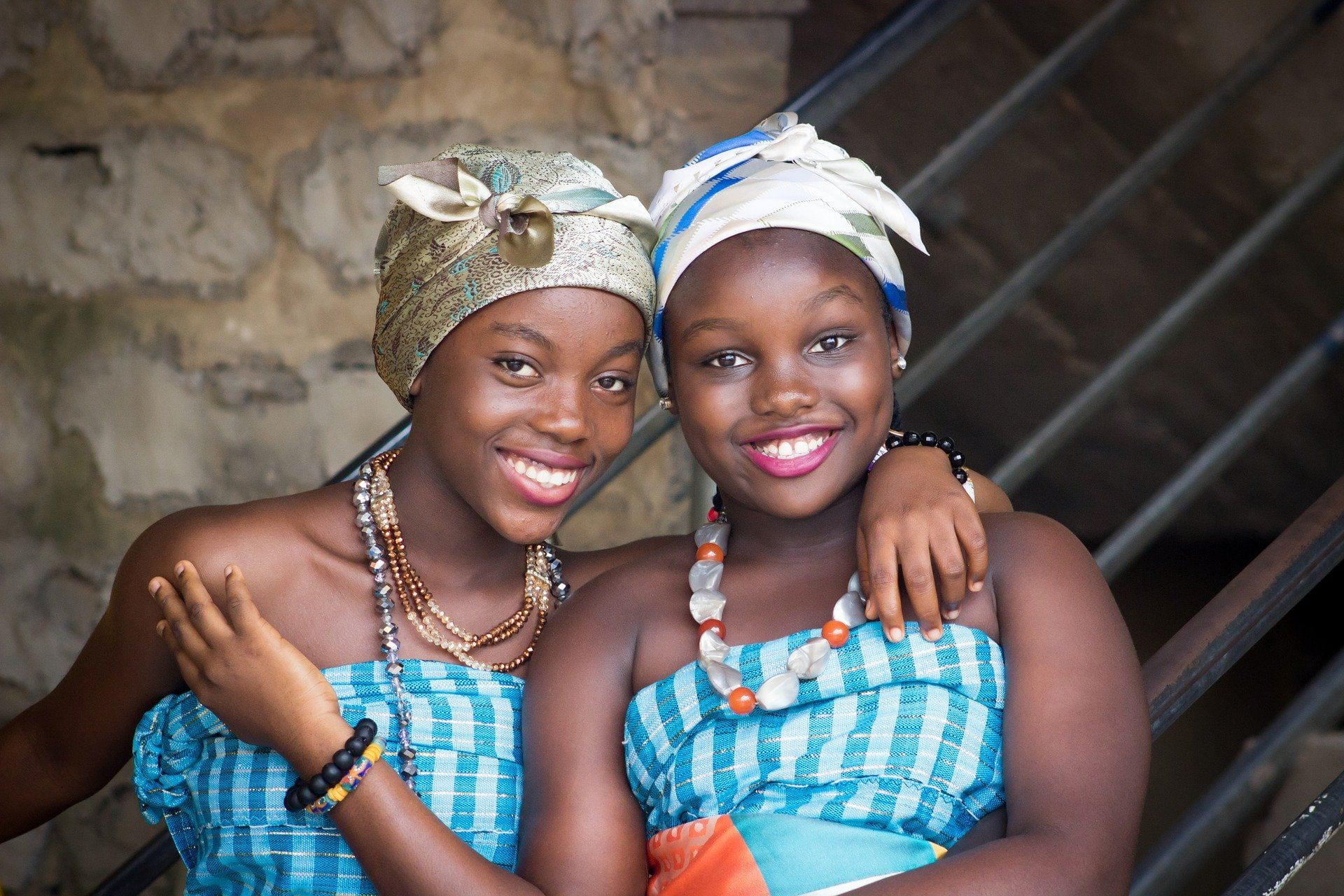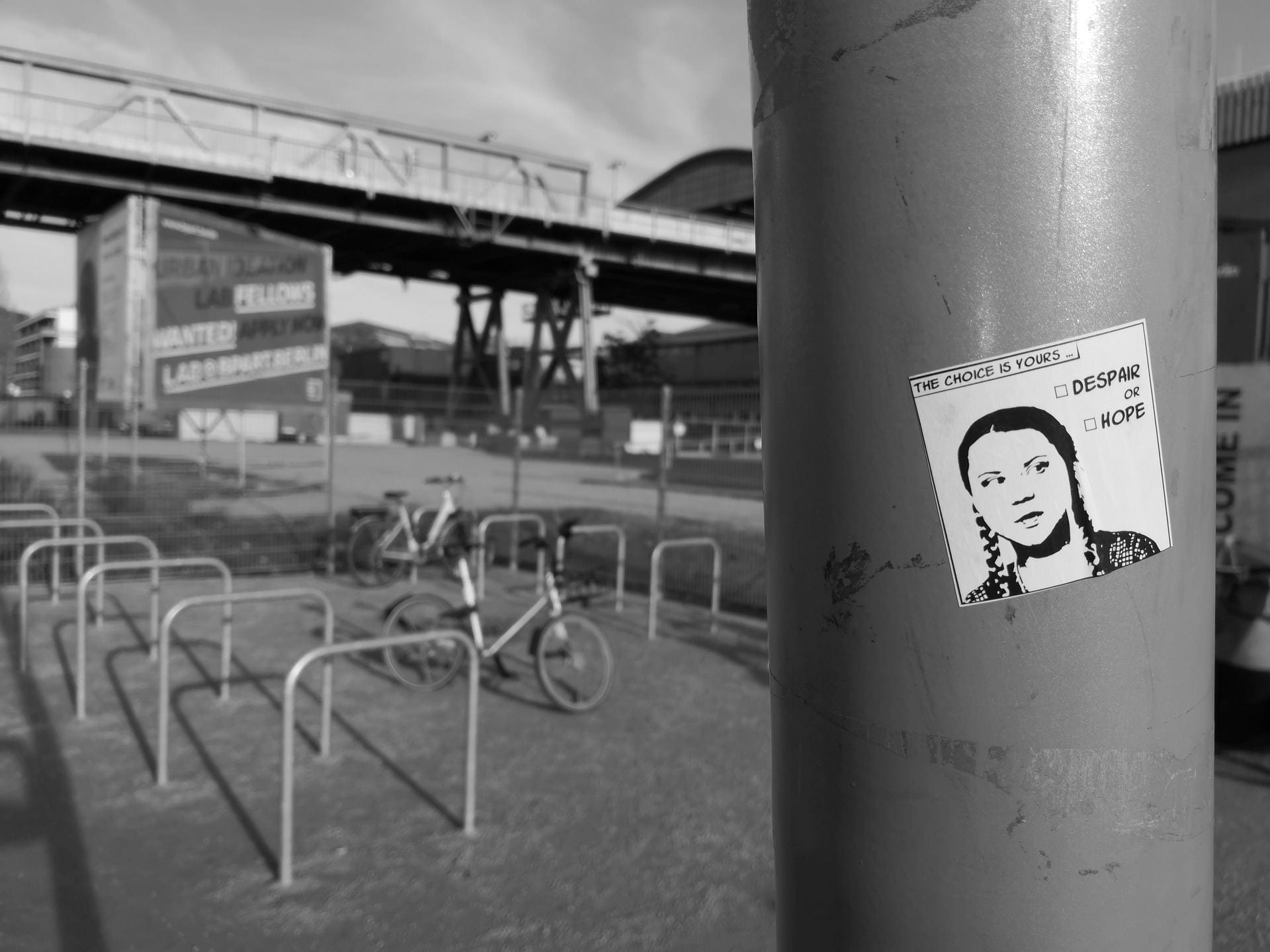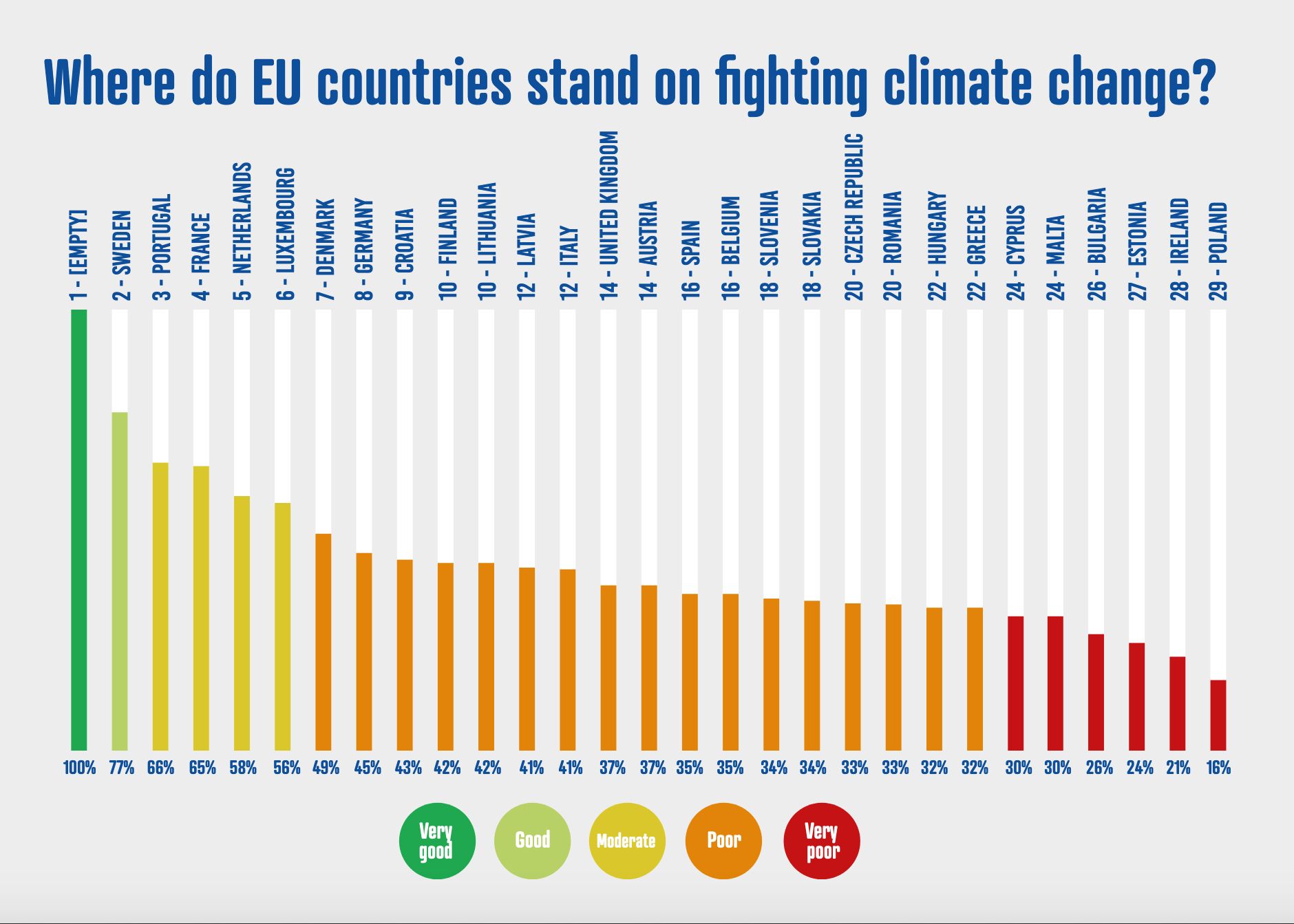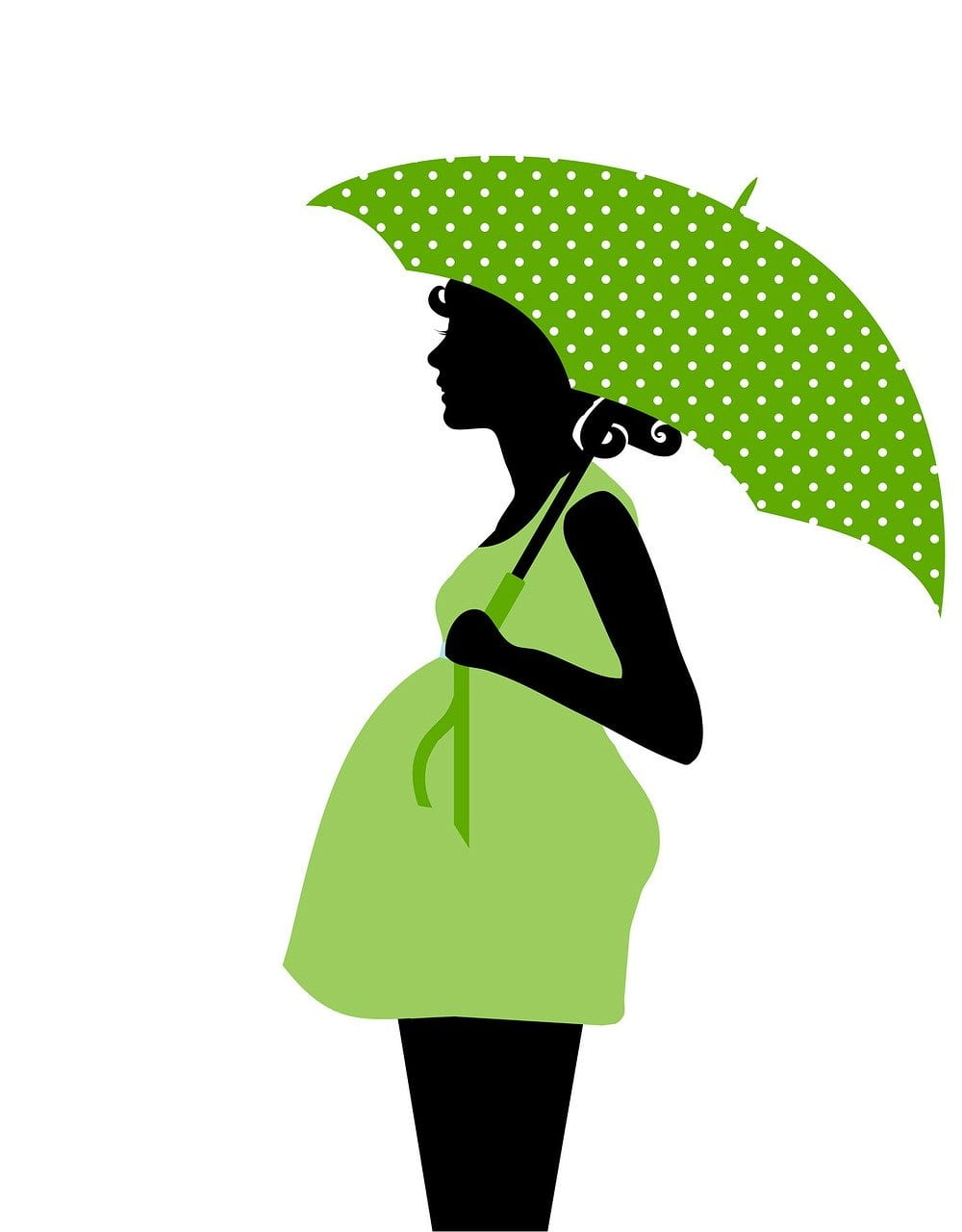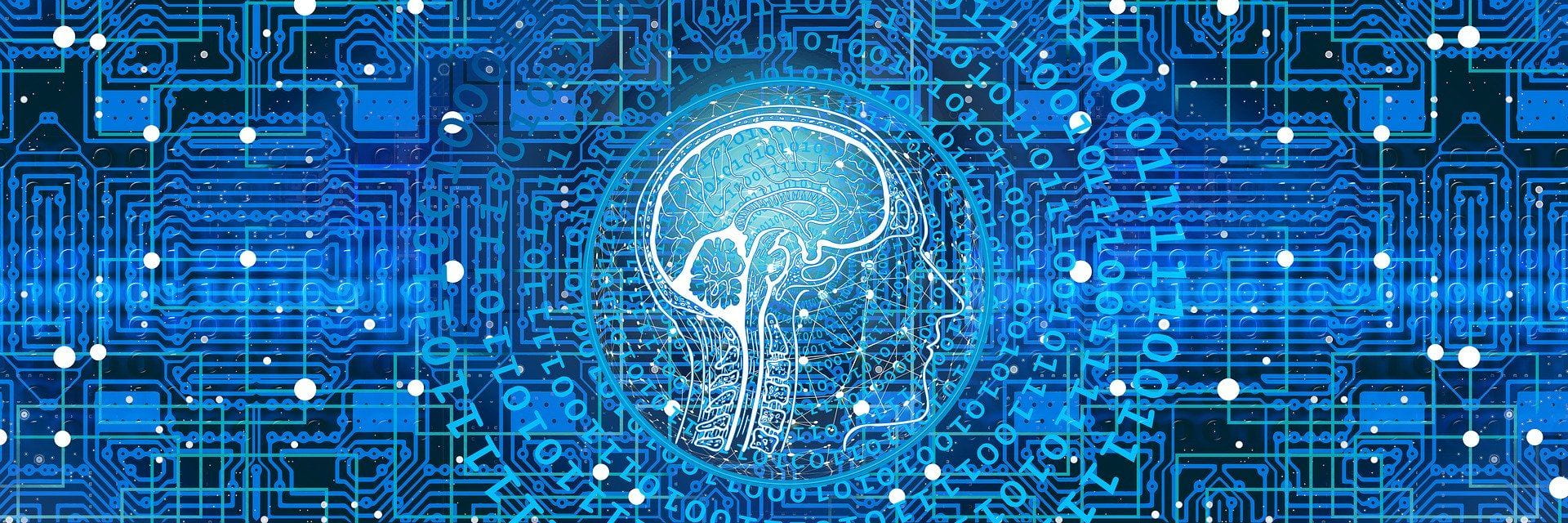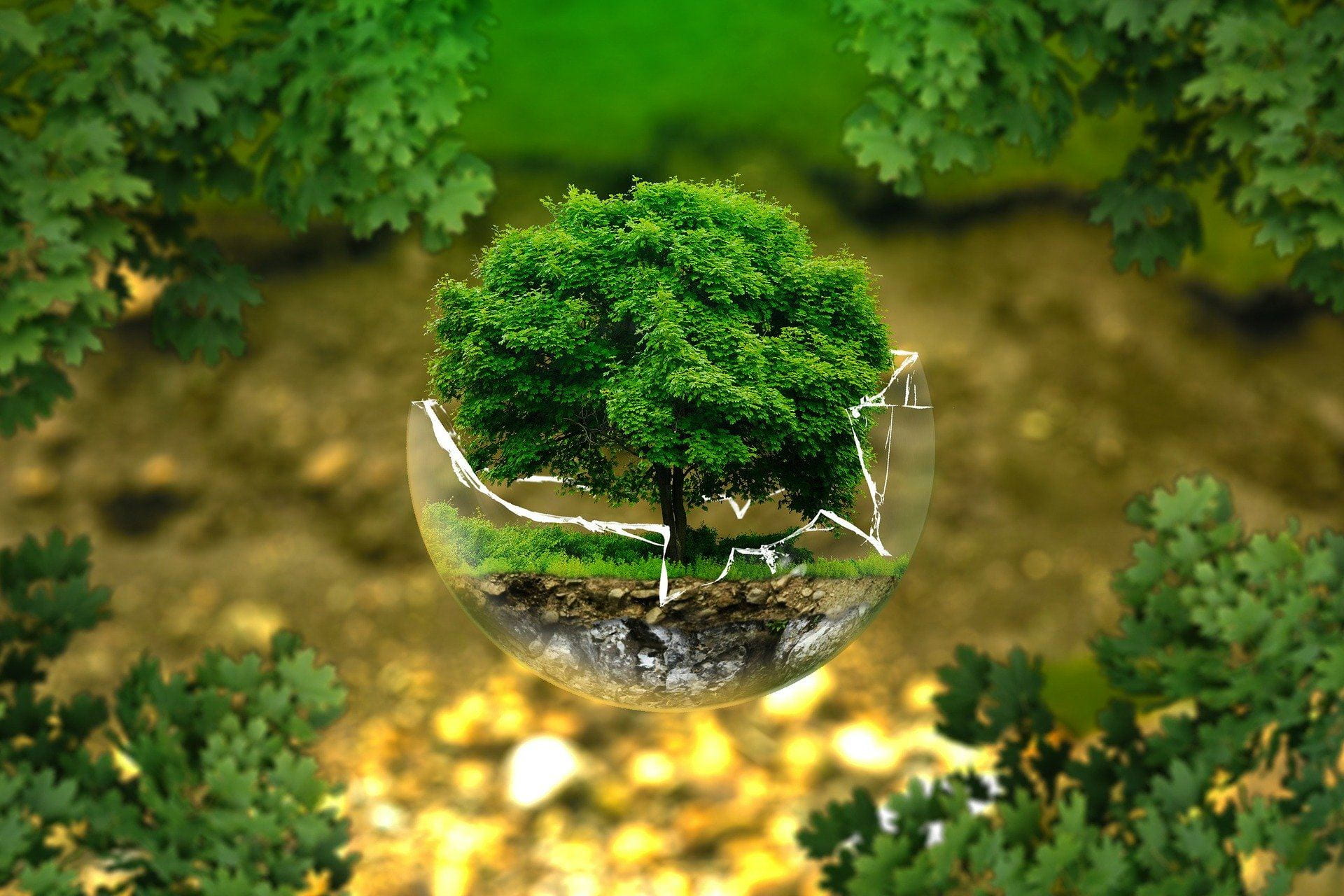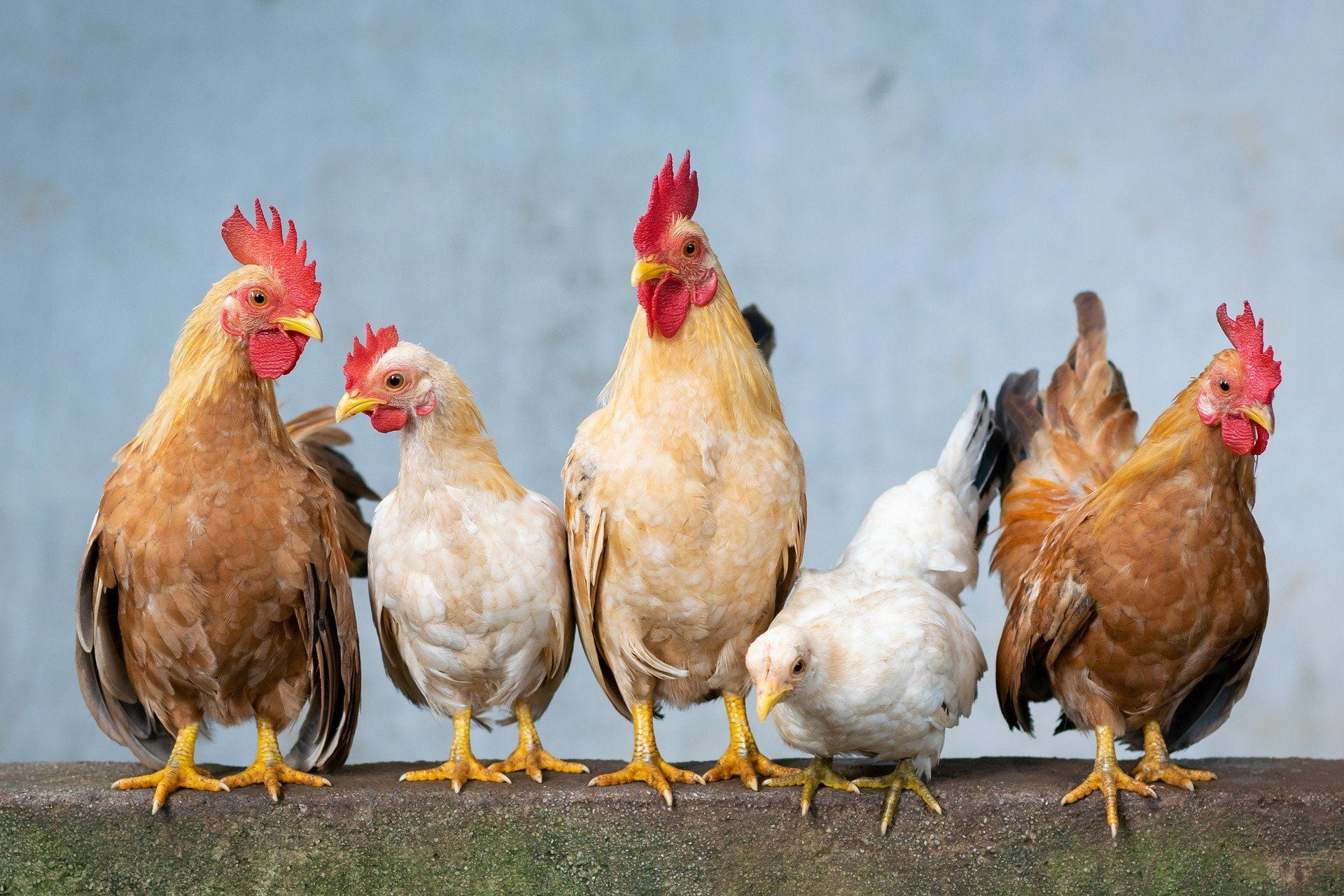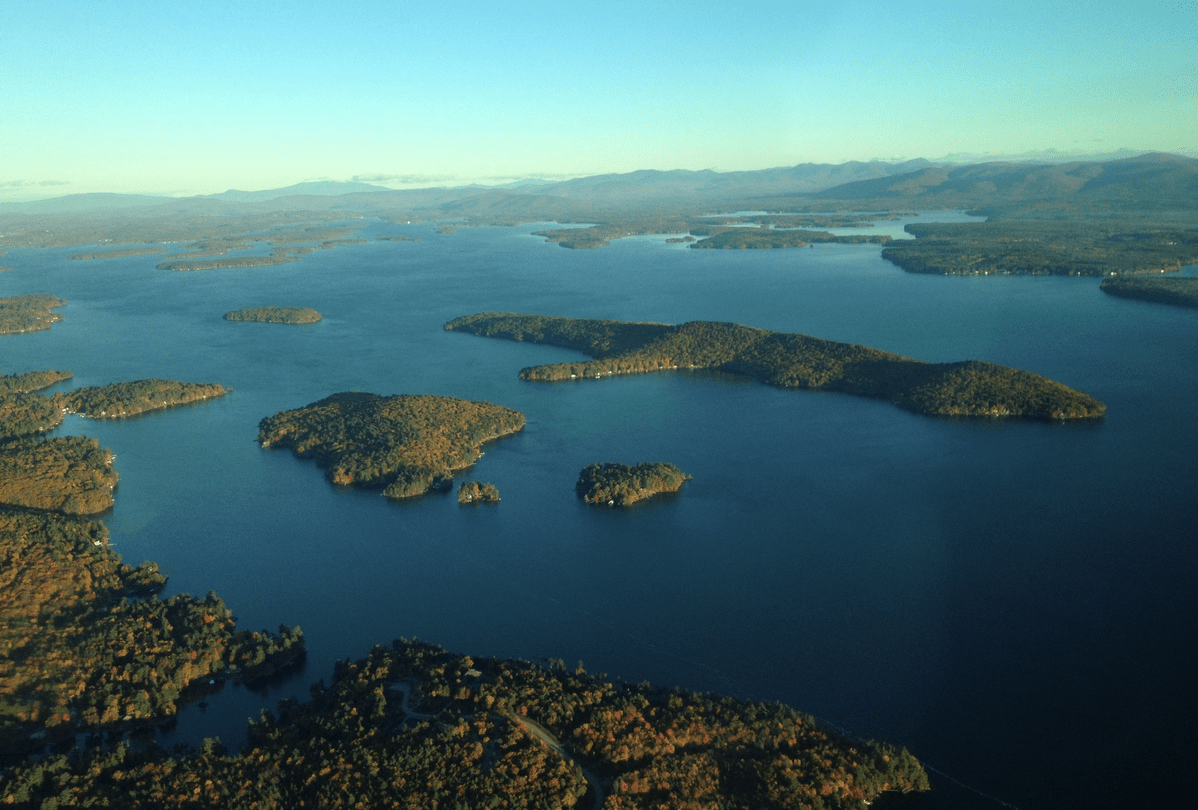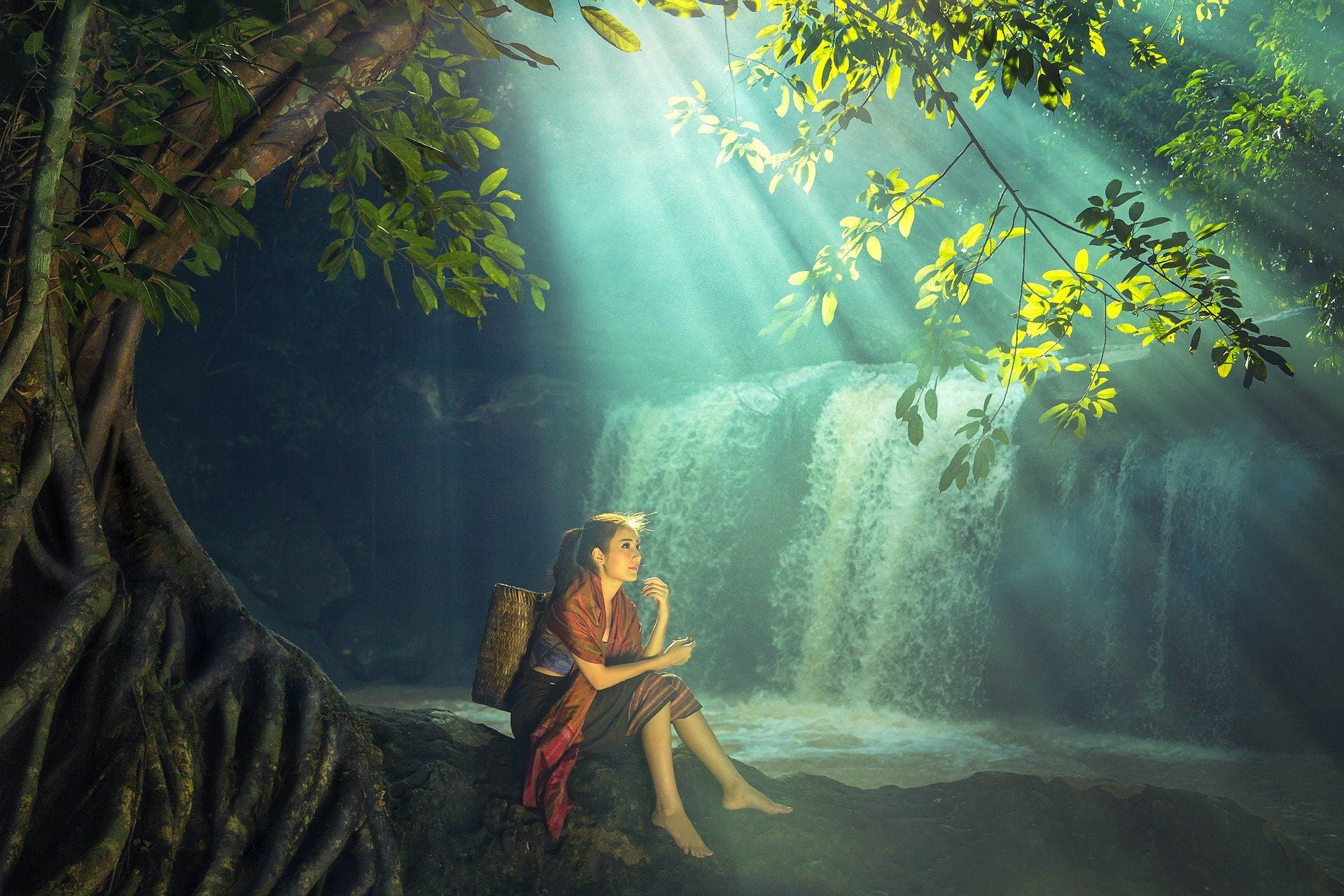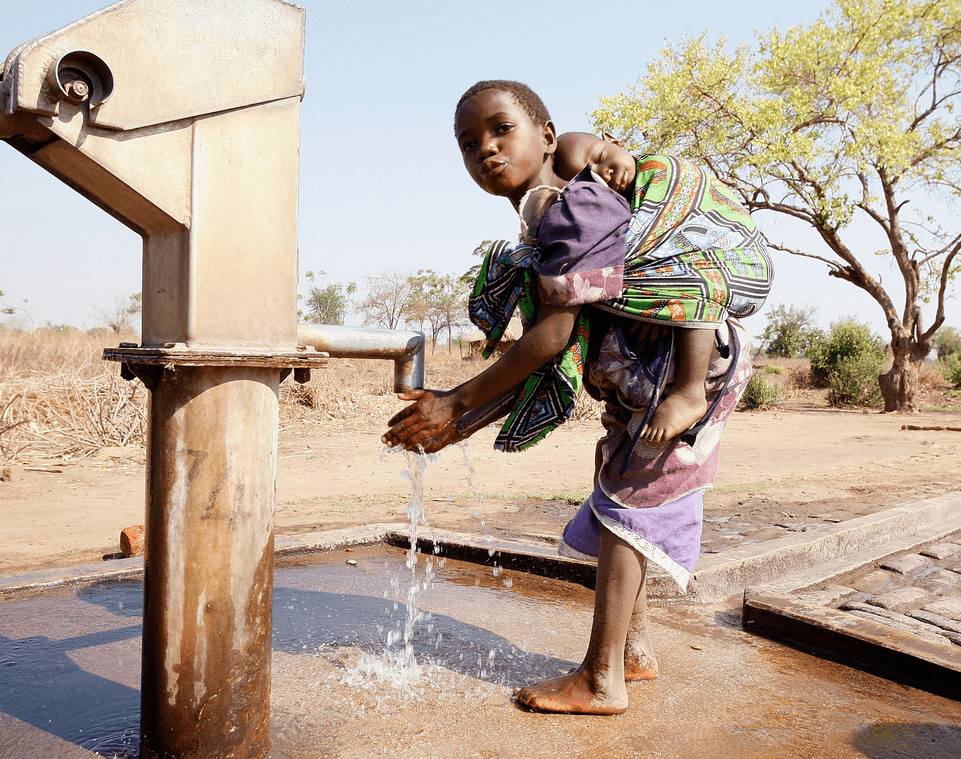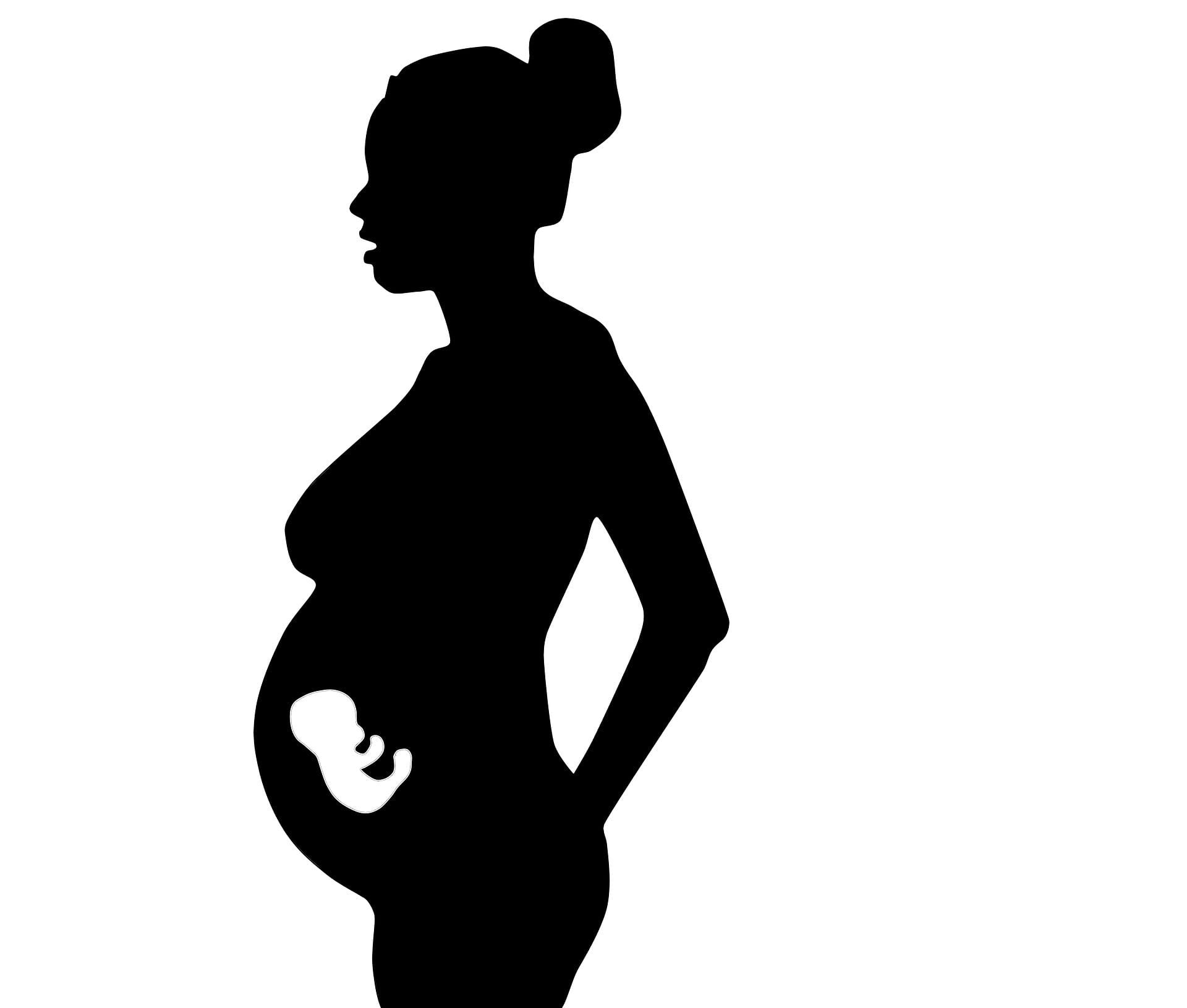Hey Y’all Welcome Back!!
Hope you’re excited about these results!
***Quick note; I just wanted to discuss a concern that last week’s comments presented. Which is my lack of inclusion for pork. My family and I don’t eat much pork, we simply don’t like it. We might eat it a few times a year during the holidays but that’s about it, so I felt there was no reason to include it within my data.***
Alright let’s begin there’s much to discuss and I’m excited to show you all the results.
This is Family 1:
They were successful! They went an entire week without meat and the mother is considering going full time vegetarian! I spoke with them after their meatless week and they all said the first three days was really hard because even though they had protein in their system they felt as though they didn’t. But once the three days was over they seemed to go through the rest of the week without a problem. I’m really impressed they were all able to do it so successfully! They also shared with me the kinds of meals they ate and three of them stood out to me so I’d thought I’d share them with you.
1. Ginger Scallion Ramen Noodles, the kids called it weird looking spaghetti. 🙂
2. Provolone Veggie Party Subs. They said this was their favorite!
3. Cheesy Zucchini Casserole, the kids were very partial to this recipe, I want to give it a try!
This family was able to save 3 pounds of seafood, 5 pounds of beef and 6 pounds of chicken for the week!!
The Chicken Lovers are Family 2:
They did much better than I thought they would, and I give them props for even giving this a serious shot in the first place. As a group they were able to go 3 days with no meat, but the remaining 4 they gave in to temptation. I spoke with the boys specifically and they said they were starting to feel really week from having what they called no ‘real protein’ in their systems, and it was starting to effect their work days (they’re essential personnel). So when they started eating meat again the two girls quickly followed. The young girl specifically said she wished she had ignored the boys’ good looking meals and continued with the vegetarian dishes because she was enjoying them. Their two favorite dishes they tried were…
1. Strawberry Banana Smoothie Bowl, which they all agreed would start to be a regular breakfast, so that’s something.
2. Easy Vegetarian Calzones, this was their favorite and looked really good!!
Although they didn’t stick to it for a whole week, according to their regular consumption they were able to save 5 pounds of seafood, chicken and beef. They did way better than I thought, I really didn’t think they’d make it over a day so I’m more than happy with these results!
My Family is Family 3:
Much to my surprise we were all able to go a whole week without meat, well besides the dog…she loves her chicken! To align with Family 1 we all agreed that the first three days were really hard to get past, my brother kept smelling his beef jerky…he asked me to hide it for the week :). But we did it. My mother doesn’t eat much meat besides chicken to begin with, so this transition was relatively easy for her, she pretty much kept the rest of us on track. Day three was a very cranky day for everyone in the house, but we all kept busy and got through it. I think my mother may just continue with the vegetarian diet because even though our week ended on Saturday night she hasn’t eaten meat since. My sister and I discussed how we may just start eating meat for dinner, none for breakfast or lunch, which is more than I expected to give in to, but I actually see it as being more than manageable. My brother, practically counted down the days he could eat meat again, he asked if he could make a roast beef sandwich on Sunday morning at like 1 am. So I don’t see his diet changing much, but at least he made it a week! We tried a lot of different types of things, some we liked some not so much but here’s my favorite three!
1. Caramelized Zucchini Flatbread, we tried a few different flatbreads, which was fun to play around with but this was our favorite.
2. Broccoli and Cheese Baked Potato Casserole, we make a similar dish to this one with hamburg in it, but we barely noticed it didn’t have any meat in it. My brother was very partial to this dish, we made it twice.
3. Veggie Breakfast Sandwich, this was my mother’s favorite. We made a few different versions of this too and enjoyed all of them!
I had a ton of fun with all the new recipes and It’s definitely something I plan to keep up with because I think variety is really important so we don’t get sick of the same old things. I’m happy with how my family did, and pretty impressed we were actually able to do it. Together we saved 3 pounds of seafood, 5 pounds of beef and 8 pounds of chicken.
This is Family 4:
They were able to make is 6 days without meat, they called it quits on the last day. They were all pretty mad with themselves wishing they had just stuck it out one last day. I really thought they were going to be able to go a whole week no problem. The guy said he thinks he was feeling it much more than the women because he regularly eats way more meat than they do. Unlike the rest of us they said it only took them two days to get into the swing of things but as the time went on it got harder until they just gave in. They all agreed that even though they don’t envision themselves living a vegetarian lifestyle that they’d start eating more vegetarian meals. The younger girl said she’d like to be able to go maybe every other day without meat, but only eating meat at dinner time. I think this is a great step in the right direction and I’m glad they were all able to give it a serious try. They didn’t eat too many excitingly new things, they mostly ate generic vegetarian dishes, eggs, cereal veggie burgers etc. But the one new dish they did try seemed pretty interesting.
They tried a recipe called Cauliflower Mac and Cheese, and they said they’d be adding it to their regular dinner menus.
With their 6 consecutive days without meat they were able to save 2 pounds of seafood, 2 pounds of chicken and 3 pounds of beef! I’m happy with these result and glad they participated in my project.
Last but not least, Family 5, my Memere and Pepere!
They’re adorable I know. They did way better than I thought they would, apparently I didn’t have much faith in my family but being their age and having eaten meat everyday for so many years they did fantastic. They were able to go 4 days without meat!! Not in a row but I’m still proud of them. They went Sunday, Tuesday, Thursday and Saturday without meat. They had a good strategy for getting as many days as they could without eating meat but still not feeling the headaches the rest of us were. After talking with them neither would consider being a vegetarian but they said they’d consider eating vegetarian breakfasts from now on. Although I think they only said that to try and please me. Regardless I’m proud they attempted it in the first place, how can you be mad at these cute faces? They didn’t have any cool recipes I could share but they were able to save 1 pound of seafood, 1 pound of chicken and 1.5 lbs of beef!
Here’s a few graphs to show the results more clearly…
From April 5th to April 11th our meat consumption as a family looked like this…
YIKES!
Then from April 12th to April 18th our meat consumption was as follows…
Although not everyone was able to completely cut out meat our results are pretty drastic. We went from 34 pounds of chicken to only 12! 25 pounds of beef to only 5.5! And 14 pounds of seafood to 0!!! Saying it out loud shows just how drastic the results really are. I’m proud of us all!
As far as the effectiveness of my plan goes, I think I did pretty good. I really didn’t think the results were going to be this good but I kinda wish they were better. 🙂 Still I think my discussions with all the families is what made them give this a serious try and now try to change things up more realistically for each of their lifestyles. I’m looking forward to see some of the changes everyone makes and see if they really stick with it.
I’m happy I had to complete this project because now my entire family is making positive changes!!
This is it Y’all! It’s been a pleasure to educate and entertain you! I wish you all the best with the end of your semester and your own activism projects!
Stay Safe and Healthy!

